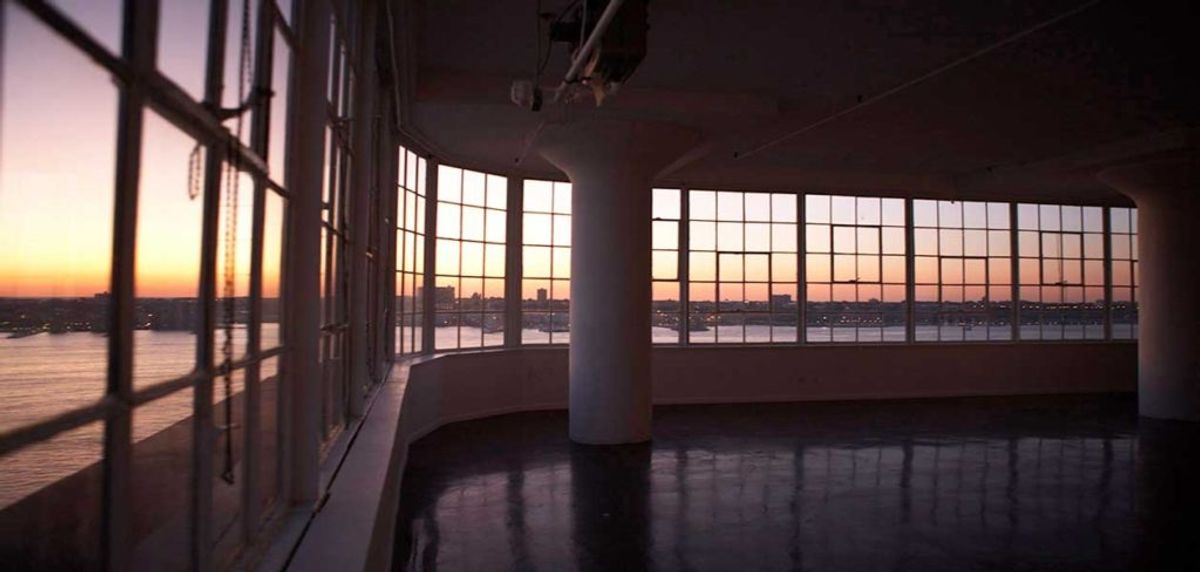Could the Future Fair be the shape of things to come? It is scheduled for New York in May 2020, and its co-founders, Rachel Mijares Fick and Rebecca Laliberte, have promised to hand back 35% of profits to a planned (maximum) 36 exhibiting dealers while ploughing the remaining 65% back into the fair. It is a lovely idea and a logical response to the problems that small and medium-sized galleries have faced when trying to afford larger fairs such as Frieze and Art Basel. But I am not sure it is the answer.
For a start, the model assumes the fair will turn profit, which is not a given. Most art fair organisers spend more time than they would like trying to balance the books, in particular chasing sponsors, who, when it comes to the smaller fairs, rarely commit to more than a year.
Plus, the founders tell me their goal for the fair's first investment-heavy year is to break even, managing expectations that there probably will not be anything to share until 2021.
This may also be optimistic. The so-called J-curve that is applied to most startups (where profits go down before they go up, in the shape of the letter) assumes a couple of years of investment before rewards can be reaped.
Future Fair’s proposed profit-sharing programme estimates an annual “three to four figures” back to its founding dealers per year for up to four years. Booth fees are between $6,500 and $10,900. The discount is not to be sniffed at but it is not as revolutionary in reality as in concept. Should the fair start making a profit in its second or third year, its return to dealers will be in the same ballpark as the guaranteed £1,750 ($2,150) discount that the new majority owners of Bada’s art and antiques fair in London are offering to members of the association from next year (though on higher booth fees).
That both events have to make such concessions begs the wider question: who should art fairs primarily serve, their organisers or exhibiting galleries? The latter are the clients—they pay to show—and there is no fair without exhibitors. But if fairs have to cut corners, they cannot do their job.
There was a huge clamour for fair events that pooled the fragmented gallery sector to combat the global commercial might of auction houses. Now that these fairs have pulled off this feat, there is a new clamour for their organisers to behave almost as charities – giving back as well as providing a necessary (money-making) infrastructure.
Inclusion in fairs can be make-or-break for galleries, especially smaller ones. But it feels as though the balance of power is shifting back to exhibitors. This might well be overdue when it comes to the larger fairs, but it puts the organisers of smaller events in a difficult spot in a survival-of-the-fittest world. Ultimately, hats off to Future Fair for starting out with a galleries-first mindset, but dealers, too, have to remember why they wanted art fairs in the first place—and decide whether they still do.



